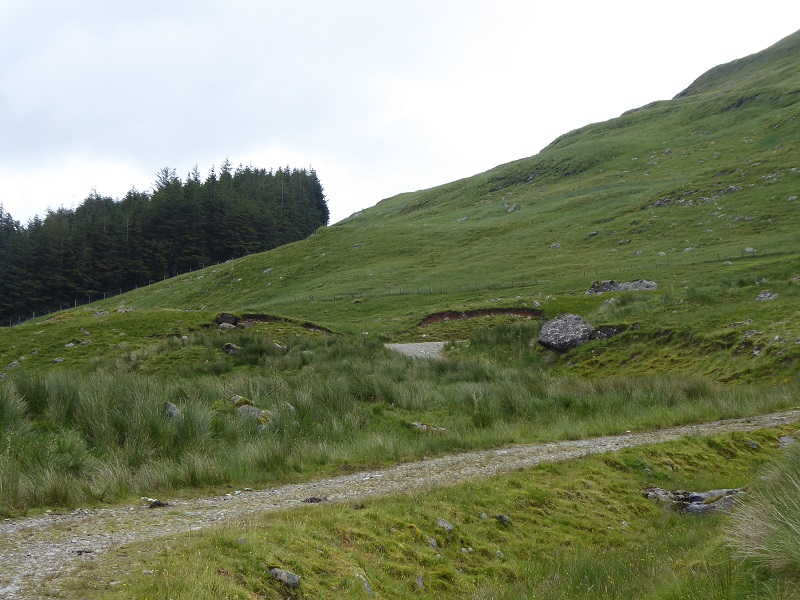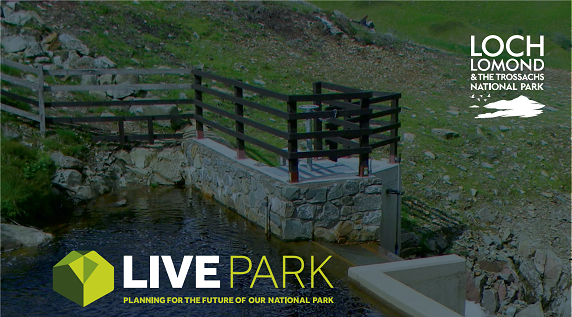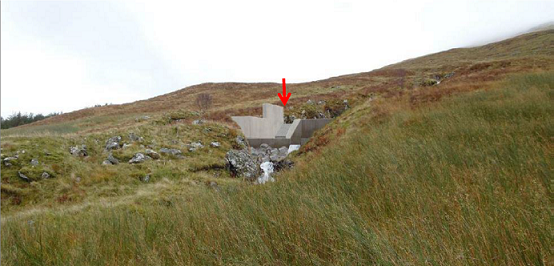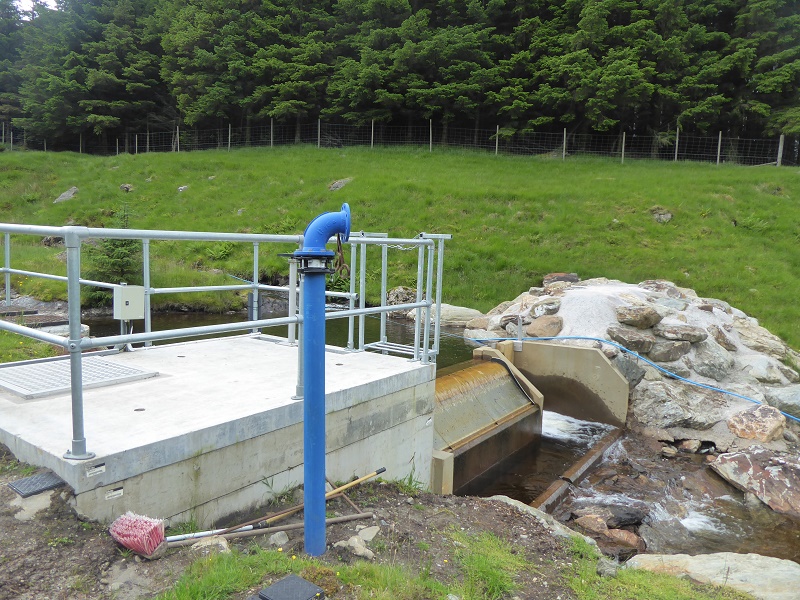
The revised Planning Application for the Ben More Hydro scheme (see here) is to be considered by the Loch Lomond and Trossachs National Park Planning Committee tomorrow (see here). I had intended to speak to my objection but have been called elsewhere. While there are provisions for objectors to nominate substitutes, there are none to allow their representations to be read out at meetings (I have asked). Here is what I would have said:
“Apart from the new access road to the Ledard Farm hydro, which involved former Board Member Fergus Wood (see here), this is the first hydro planning application which has been considered by the Planning Committee since 2014. I welcome this and that Board Members are being given their first real opportunity to consider the issues related to hydro schemes within the National Park in 4 years.
The application has come to Committee because, for the first time since the Donich Scheme in August 2014, an application has received a significant number of objections including, as you will be aware, Mountaineering Scotland, North East Mountain Trust and the Scottish Wild Land Group. Unfortunately I understand none of those organisations could attend today, but the reason for their objections, like mine, are not that they oppose hydro schemes in principle but rather that they have become only too aware of the adverse impact hydro schemes can have on the landscape. I suspect that they, like many other members of the public, just assumed hydro schemes were good things and trusted they would always be constructed with great regard for the landscape. The evidence of the last four years, particularly in Glen Falloch and Glen Dochart, where this scheme is located is that that is not the case. Hence the objections to certain aspects of this scheme.
I am pleased that some of the concerns articulated in objections have now been taken account by officers. More specifically the proposals lodged in January 2019 “to reduce the proposed access tracks to the intakes and powerhouse to 1.5m wide (footpath width) – after construction works have been concluded” and also to require the developer to submit further information on how they will disguise the intakes, which you will see from the report are extremely ugly structures which will be located high up on what is an open hillside.
These changes are welcome but do not, in my view, go far enough. Back in 2013 there was considerable involvement by then Board Members in hydro applications and one consequence of this was the production of Guidance on Renewable Energy Developments which was revised in 2017. It is, generally, in my view an excellent document. The trouble is that the guidance in it is all not often not observed.

The Guidance suggests that intake dams should be well hidden, their walls faced with stone where ever possible and other natural materials such as wood used. Yet, the photo on the cover of the Park’s Guidance is about the only such example I have been able to find in the Park. Instead, what is typical is the concrete faced structures shown in the Committee Report in front of you.

This, in my view, is not good enough for a National Park. Now its true, officers are now asking for further details on how the intakes be constructed, but they have NOT set formal conditions that this should meet the standards set out in the Park guidance. I am asking that you should do so and that IF this is not possible technically, the application should be refused.
The Committee report indicates that the revised track across the hillside to the intakes will be reduced to 1.5m wide. Again, I don’t believe that is sufficient. In your Renewables Guidance it clearly states that :
“It is expected that any new access tracks required for the construction will be fully restored unless there is overwhelming reason why they should be retained for the operational phase of the development”.
Yet what has happened over the last five years is that officers have overturned this requirement. In the case of Glen Falloch, the application decided by the Scottish Government which the Board commented on required ALL access roads to be removed. Glen Falloch Estates then later lodged a series of separate planning applications to retain roads which were agreed by officers under delegated powers and now, in the view of many, wreck the glen. While those tracks were supposed to be 2.5m wide, they have often been considerably wider – in part because, having built a wide track for construction purposes, it is very difficult to restore original landforms.
While its very welcome that officers have moved back to supporting narrower tracks, the report illustrates the fundamental problem:
The track would be used to access the intake structures by foot but could also be used, if required, by a quad bike/all-terrain vehicle (ATV). The ‘cut’ side of the slope would be restored as the track is formed- using a ‘restore as you go approach’.
The restored track, at 1.5m is far wider than needed by foot – its a quadbike track NOT a footpath. The track before restoration is described as 3m wide is also referred to as 5m wide in places. If this is restored as it is constructed a 3-5m bench will be left cutting across the open flank of Ben More. Reducing the surface of this once construction is finished to 1.5m will not address the issue. Vehicles larger than quad bikes will still be able to drive across the hillside while quad bikes are unlikely to keep to a 1.5m line. What I believe the Park should do is approve the application subject to a requirement that the landforms are totally restored – ie the bench is removed – save for a footpath 0.5m wide. There is no need for a larger path here and the material necessary for cleaning the intakes can be kept at the intakes. Only by doing that will the impacts of this scheme be mitigated in a way fitting for a National Park
Officers have backed the retention of tracks as facilitating estate management, sometimes for reasons which have nothing to do with hydro schemes. In terms of hydro maintenance,this could be done on foot, the main issue being it would take staff more time. In the Design Statement it submitted in 2017 the farm said “The estimated development cost is about £0.53M……………..the annual financial value to the farm would be about £75,000 assuming all energy is exported to the grid.”
That is plenty of money each year to pay for ongoing and occasional maintenance of the intakes without access tracks.
I would like to end by saying that I have nothing against Mr Jolly at Benmore Farm. Indeed, the hydro that has already been constructed on the farm is, in my view, probably the best scheme in Glen Falloch and Glen Dochart (in part because it used the ugly access track up the hillside which has been there for years) (see here).

While its still not good enough I appreciate I am asking you as Committee Members to impose firmer conditions on Benmore Farm than the LLTNPA has done to date for other hydro schemes. However, I hope you will agree with me that the National Park deserves nothing less and as a new Committee will now consider how the LLTNPA can restore all the unnecessary damage that has been created by other schemes. I and others would be very willing to assist you in that process.”
How many of these ridiculous schemes are we going to see plopping up the landscape ?